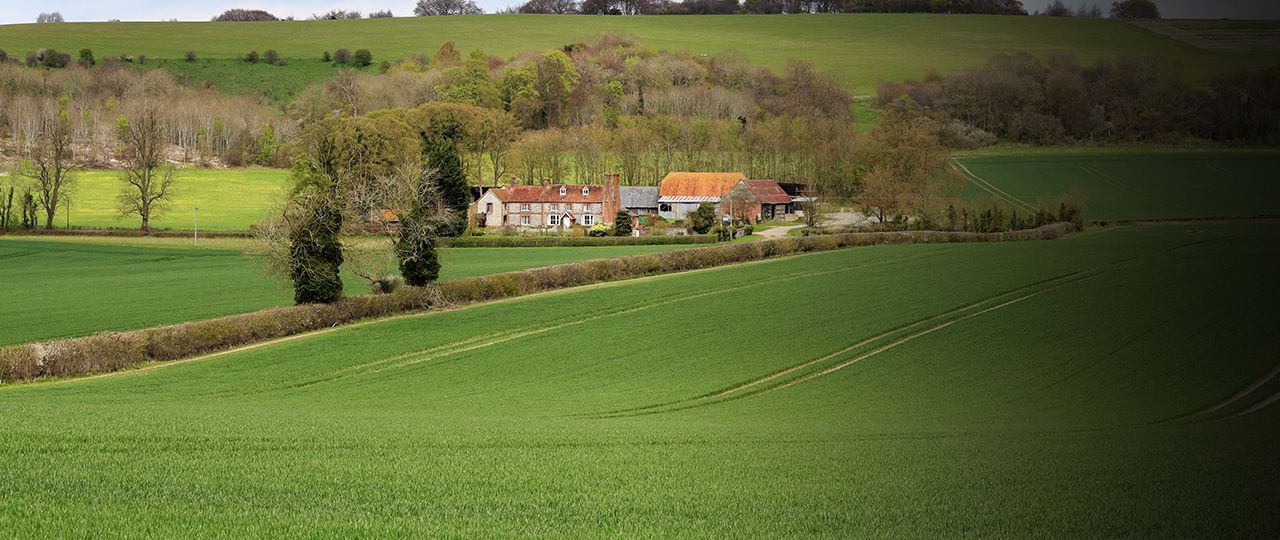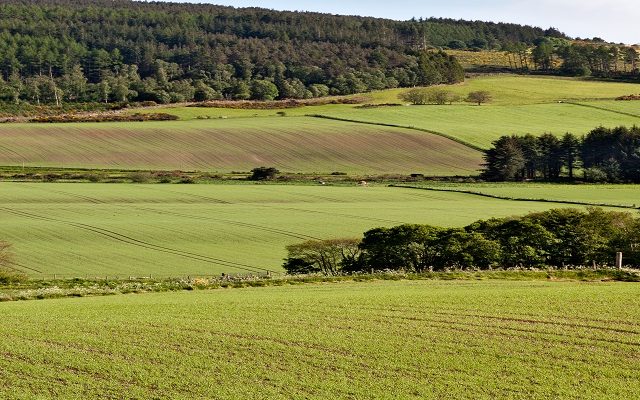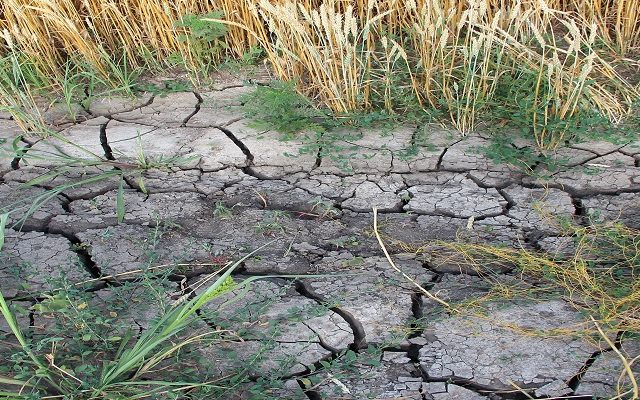Farming Update | Spring 2019
Welcome to this quarter’s Farming Update, which is produced by our Farming Research Group and reports on market and administrative issues that affect farmers’ business decisions and on which they may need to act.
ARABLE CROPS
Global: Grains
Both the USDA and IGC (International Grains Council) are forecasting slight reductions in wheat production for 2018/19, due to lower production in Turkey, Russian and Australia. The latter due to drought which puts their output down to 17 million tonnes; the lowest number since 2007/8. Forecast ending stocks remain stable at around 268 million tonnes (4% lower than last year’s record stocks).
Maize production forecasts also remain relatively stable,with lower than anticipated harvests in the US and Russia, but a larger crop in Ukraine. Consumption estimates have risen, which leads to a fall in forecast ending stocks to 267.5 million tonnes: 14% below their opening estimates for this year.
Overall, forecasts of global production and ending stocks for grains remain relatively benign, with generally good planting and winter growing conditions experienced so far in the northern hemisphere, and in the southern hemisphere drought issues in eastern Australia were balanced by good conditions in South America and South Africa.
The latest report from the Agricultural Market Information System (AMIS), (a collective assessment of the market by ten international organisations in place to track and analyse world food production & prices) describes how market analysts are reacting to China’s revised grain productione stimates, published in late 2018. The revisions relate to every year between 2007 and 2017 and cumulatively increase China’s wheat production by 312 million tonnes over that period; to put that into context China’s 2017 wheat production is estimated at about 250 million tonnes. As there has been no corresponding revision in China’s consumption figures, the extra production has had to be provisionally added to their ending stocks records, but there is concern that this may not reflect the true position. The report highlights the risks that poor quality stocks data presents to the international community as it can lead to unexpected price swings, as seen ten years ago. As such it advocates putting in place a long term solution of survey-based approach to stocks in the main grain producing countries; something that will be difficult to implement.
Global: Oilseeds
The USDA reports global oil seed production up marginally to 600.5 million tonnes, and higher soybean production in Brazil and Nigeria outweighs a reduction in oilseed rape production in Australia and India. Stocks remains well supplied, with AMIS reporting that ending stocks in 2019 will be one third greater year on year.
UK
Wheat
The UK wheat values have remained stable due to the combined effect of the stronger Sterling preventing a hike, and reasonable export progress preventing a slide in prices. Feed wheat markets appear to be slowing down in the lead up to the intended Brexit date on 29th March, and several merchants are of the view that price falls are almost inevitable over the coming weeks.
Barley
Market prices for feed barley are still holding up, but tend to be less buoyant than wheat. Malting barley premiums remain around £25/T but selling malting barley forward for April and May is difficult as end users wait to see how Brexit plays out. Domestic maltsters are limiting their purchases to short term requirements, so as to avoid carrying large surpluses. Their rationale being that in the event of a ‘no-deal’ domestic prices are likely to fall sharply due to the practical and financial difficulties of exporting to the EU.
Oilseed Rape
Thanks to a largely domestic market there is less vulnerability to the impending trade disruption this spring for Oilseed Rape,and it is holding onto value well as a result. Australian canola continues to be imported into the EU which will keep a lid on prices. Fluctuations in currency may provide the best selling opportunity for farmers who still have crop to sell.
2019 CROPS
A warm end to 2018 and a mild start to 2019 has meant that many winter crops have continued to grow well, and have started the 2019 season with good potential. Despite a handful of growers venturing out with some early nitrogen in late January, the cold snap at the end of the month persuaded most growers to hold back on applications until the speed of growth increases slightly again. Some have also made good progress with either later drilled winter crops, or early drilled spring crops. It is very rare to see drilling taking place in the first couple of weeks of January, but this year it is was not an uncommon sight in parts of the country, particularly on slightly heavier land where farmers couldn’t pass up the opportunity to get onto the ground. Once the weather warms up – and if conditions remain as dry as they are now – spring land work will begin in earnest.
In spring 2018, higher than average winter rainfall and the beast-from-the-east prevented growers from getting onto the land, limiting yield potential from the outset – this was then compounded by the prolonged drought in the summer. This winter has been much drier than last, the question is how long will this cold snap last – and when will the deluge arrive?
In terms of forward prices for the 2019 wheat crop, these have been steadily reducing in line with positive news about cropped area (up 4% year on year according to the UK’s AHDB early bird planting survey) and good crop conditions elsewhere in the northern hemisphere. Premiums for milling wheat remain low (circa £10/T) in the UK due to the large area of milling wheat being grown. The 2018 closure of the Rank Hovis mill in Southampton reduces the milling wheat market in the south of the country, and so we are likely to see growers in that area switching away from milling varieties for 2020 (the closure was announced too late to cause significant changes for the 2019 crop).
Other results from the AHDB planting survey are as follows:Winter barley area up 14%; oats up 10%, oilseed rape down 3%, fallow down 15%.Although OSR planted area is only 3% below last year, the harvested acreage is likely to be somewhat different following another challenging season with flea-beetle damage. Further updates on the scale of crop losses will be covered in future Farming Updates.
Also in this quarter’s update
- Livestock
- Fertiliser & Fuel
- Policy and regulation news
- Farm Business News






